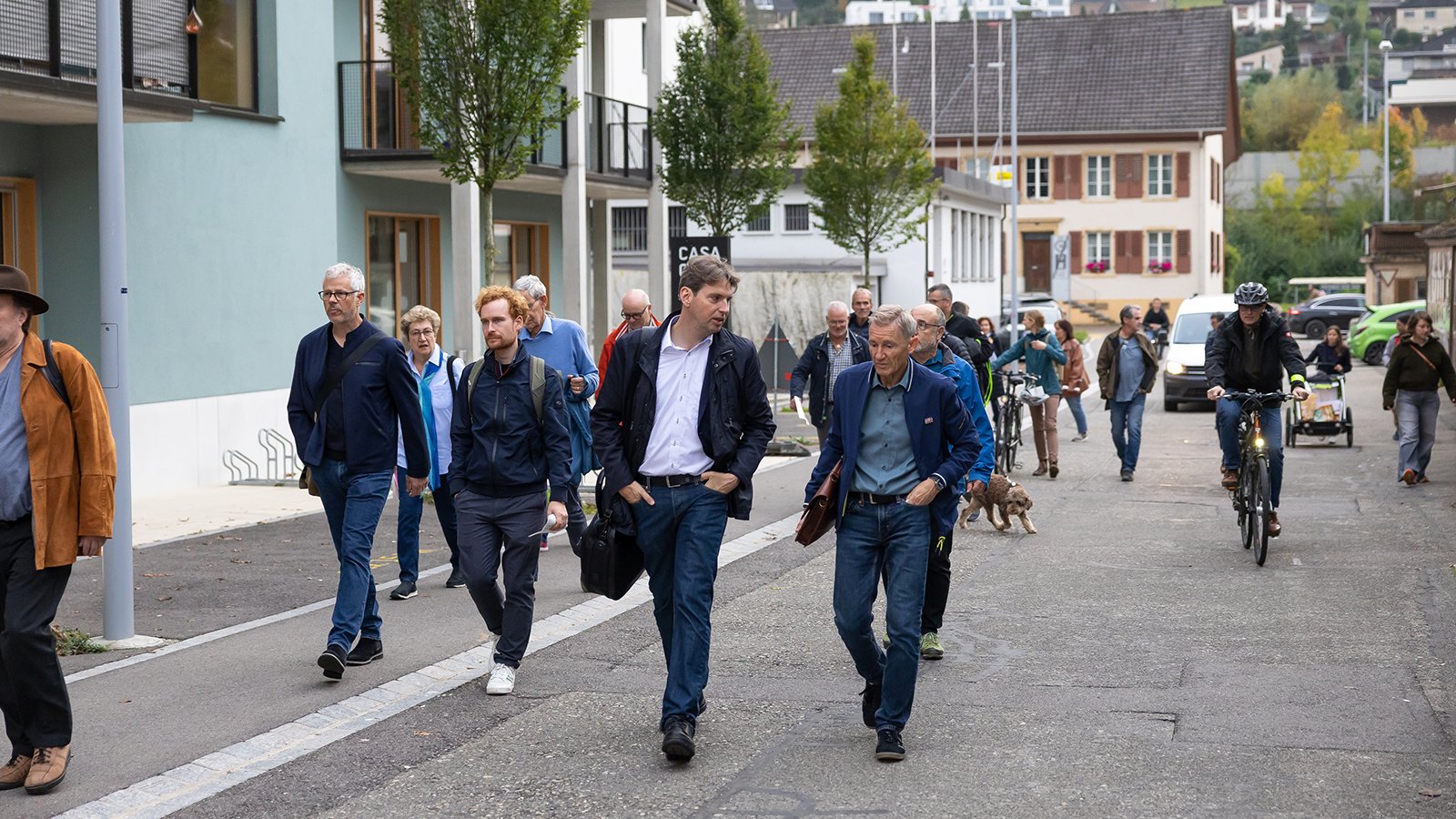A Shared Vision for the Upper Rhine
In the dynamic border region along the Upper Rhine, 22 municipalities joined forces to develop a cross-border spatial concept. Citizens played a key role in shaping the vision—balancing nature conservation with everyday infrastructure needs.
The Upper Rhine border region is bustling with activity. Every day, people commute between Germany and Switzerland, weaving together a vibrant cross-border rhythm. The landscape—marked by river terraces and bays—is as unique as it is sensitive. This duality poses a challenge: how can the region be developed in a way that preserves its natural beauty while meeting the infrastructure needs of its residents?
To find answers, a cross-border spatial concept was developed—with citizens actively involved from the start. After all, who better to identify everyday challenges than the people who experience them firsthand? For the first time, residents were systematically included in a major spatial planning initiative.
Mobility, Housing, Daily Life: What Matters to Citizens
In many ways, this bold approach proved to be a success. Four citizen panels brought together people from both sides of the border to discuss structural improvements and key priorities for the spatial concept—from misaligned bus schedules to a lack of housing near the border. Additional formats, such as joint walks, helped gather ideas and impulses directly from the community.
One key insight: the earlier citizens were involved, the more impactful their contributions became. However, not everything went smoothly. The region’s size—spanning numerous municipalities—posed a structural challenge. The diversity of local contexts made it difficult to ensure consistent and meaningful participation. Many residents felt only marginally affected, which made it harder to connect with the abstract topic of spatial planning.
- The region’s size posed a major challenge for citizen engagement, as people tend to identify more strongly with their immediate surroundings than with the broader Upper Rhine area.
- In the Basel agglomeration, differences in participation cultures were especially noticeable. Swiss citizens, accustomed to direct democracy, initially saw less value in dialog-based formats.

